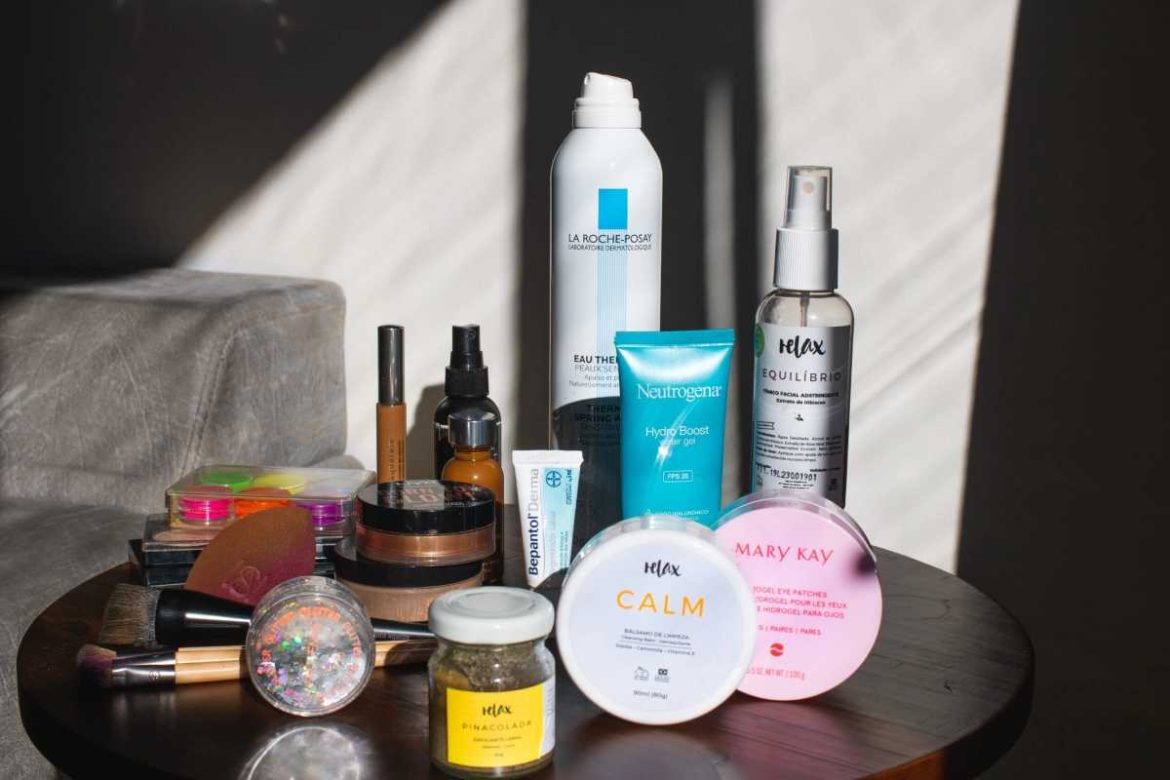Developing a new cosmetic product requires careful planning, research, and execution to ensure its success in the competitive beauty market. From identifying consumer needs to creating a unique formula and packaging, every step in the development process plays a crucial role. Cosmetic brands must also adhere to strict testing and regulatory requirements to meet safety standards. Following a well-structured approach, companies can bring innovative and effective products to market that resonate with consumers and align with industry trends.
Identify Trends and Define Your Marketing Concept
The first step in cosmetic product development is identifying emerging trends and defining a marketing concept. This involves understanding consumer preferences, analyzing market gaps, and predicting future beauty trends. With this insight, a brand can create a product concept that addresses a need and fits into the evolving beauty landscape. Developing a clear target audience and brand positioning early on is essential. A strong marketing concept ensures that the product stands out, resonates with consumers, and can be marketed effectively from launch to long-term success.
Formulation
Once the concept is defined, the formulation process begins. This stage involves developing the product’s base ingredients and unique features, often through collaboration with chemists and product developers. The product’s texture, scent, color, and performance come together in this phase. During formulation, a pH meter is frequently used to ensure that the product’s acidity levels are balanced for skin compatibility and safety. Creating a stable, practical, and appealing formulation is critical, as it directly affects the consumer’s experience and the product’s success in the market.
Packaging
Packaging is vital to cosmetic product development, as it influences consumer perceptions and protects the product’s integrity. Packaging should be visually appealing, aligned with the brand’s identity, and functional. It needs to preserve the formulation and prevent contamination. Sustainability is also a growing concern, prompting many companies to use eco-friendly materials. Packaging design plays a role in how consumers interact with the product, from ease of use to its environmental impact, making it an essential consideration in the development process.
Testing & Regulations
Before launching a cosmetic product, it must undergo rigorous testing to ensure safety and compliance with industry regulations. Testing can include stability tests, dermatological tests, and microbiological assessments. Products must also meet regulatory requirements set by governing bodies, depending on the region. Testing may involve checking the product’s pH with a pH meter to confirm it meets skin safety standards. Following these guidelines ensures that the product is safe for consumer use and legally compliant.
In conclusion…
Bringing a new cosmetic product to market involves several critical steps, from identifying trends and formulating the product to packaging and regulatory testing. Each phase is vital to the product’s success, ensuring it meets consumer expectations, safety standards, and market demands. By following a systematic approach and maintaining compliance with industry regulations, cosmetic brands can launch innovative products that reflect the tastes and preferences of the target audience.


